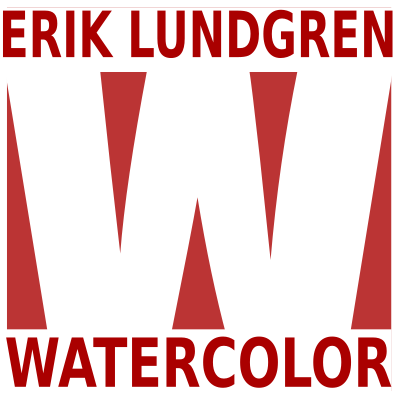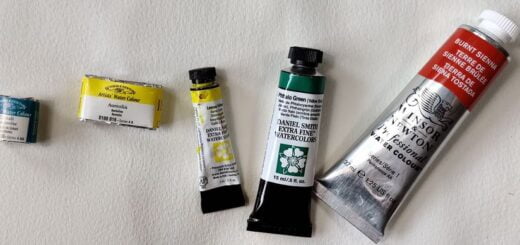Color names

I really wish the manufacturers of artist paints could give their paints sensible names, but above all: the same name for the same color. If I recommend phthalo green to a student who uses winsor newton, I say: buy Winsor green, to another who uses Talens, I say bright green and for those who have colors from Holbein the color is called bamboo green. This is how it works with all modern colors, the manufacturers all have different names for them.
Even worse than this confusion regarding modern pigments are the classic colors. Many of them are more expensive than the modern ones, so manufacturers are tempted to cheat. It has happened several times that a student brings a newly purchased color to the course that is not what the label promises: Cobalt blue is in fact French ultramarine plus a little white color, Viridian is just a phthalo green, and a cheap azo color has replaced aureolin, classic color names are widely used for other, cheaper pigments.
One must be suspicious of all colors called something with alizarin or madder, they are often something else. Same with carmine which is never a color from insects but only describes a certain color hue.
Cadmium free (more and more common) is another example of this problem. The name has of course originated according to the customer’s environmental awareness, you do not want to use colors that destroy nature. But to just take another color and say that it does not contain cadmium but still pretend that it is a cadmium color, but without the poison, is insidious.
I understand why a paint manufacturer does not want to call a yellow paint zirconium praesodymium silicate, it is too difficult a name. But just as copper phthalocyanine can be called phthalo, diketo-pyrrolo pyrrole is named Pryrrol red, and nickel azomethine is often called nickel azo, one can certainly agree on a good name even for the most complicated chemical names. It can be done, I’m sure.
Then we have all the colors that for various reasons are no longer used: Gamboge, Indian yellow, indigo and sepia to name just a few. The colors are no longer used but the names live on. Why call a color, for example, Indian yellow when it is only a modern synthetic color that has a certain resemblance to the long-gone color Indian yellow.
My completely unrealistic wish is:
- That the pigment that the color consists of determines the name of the color.
- That a certain color gets the same name from all manufacturers,
- That the manufacturers stopped cheating, e.g. by calling phthalo green viridian just because viridian sounds better and is more expensive than phthalo green.
- That old pigments that are no longer used are also not used to name colors. There are small manufacturers who still produce real indigo watercolor paint, only they should be allowed to call the paint indigo.
I am aware that this will never happen, but it would have been so liberating to know that when I buy a cobalt blue color it is cobalt blue and not a cheap substitute and that alizarin means that the color consists of alizarin and not just describes a cold red in general where any pigment can be used.
What if the food manufacturer had the same mentality, when you buy pesto genovese you must, in that case, read the table of contents to see that it contains pine nuts or that the guacamole contains avocado. (Oops…)













